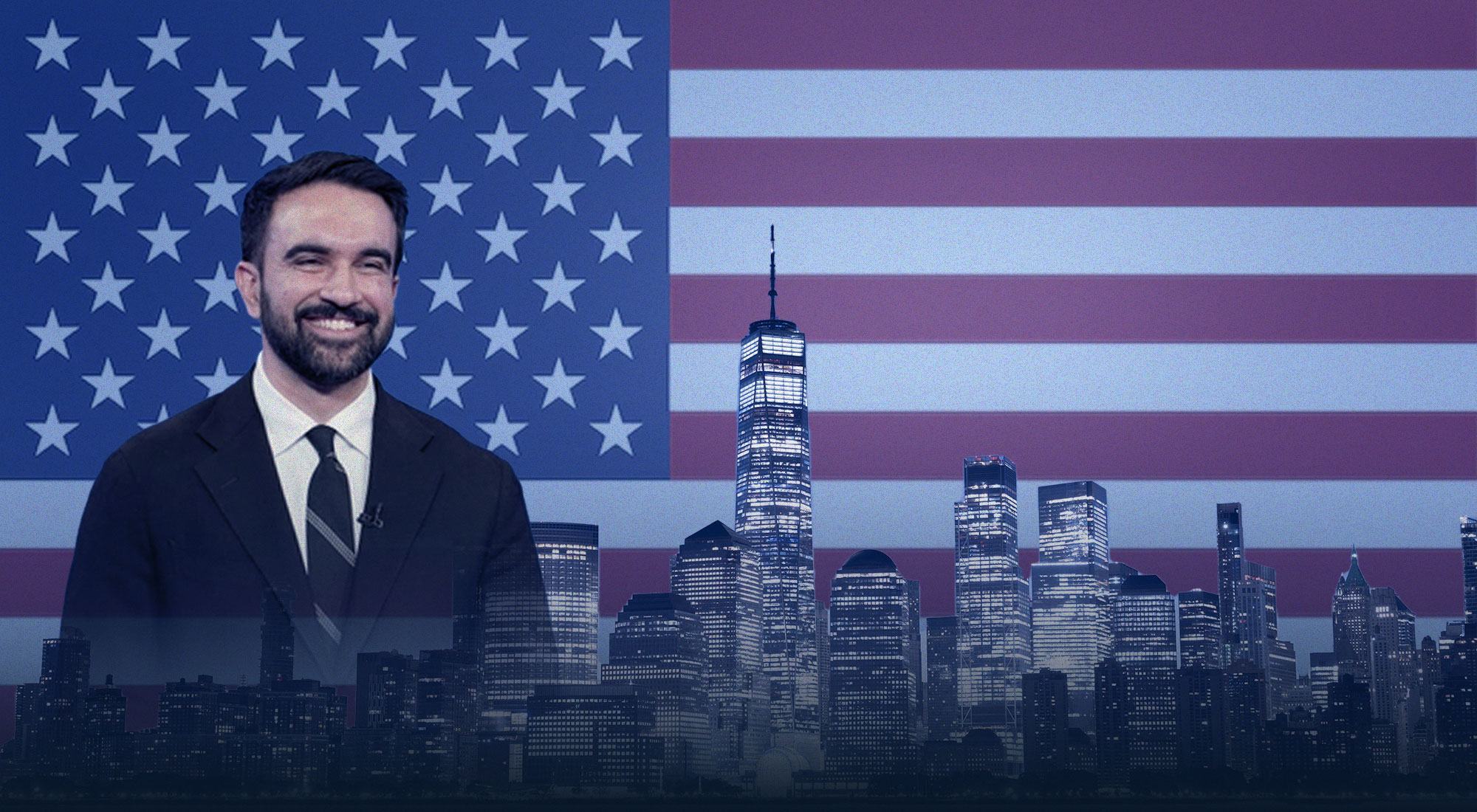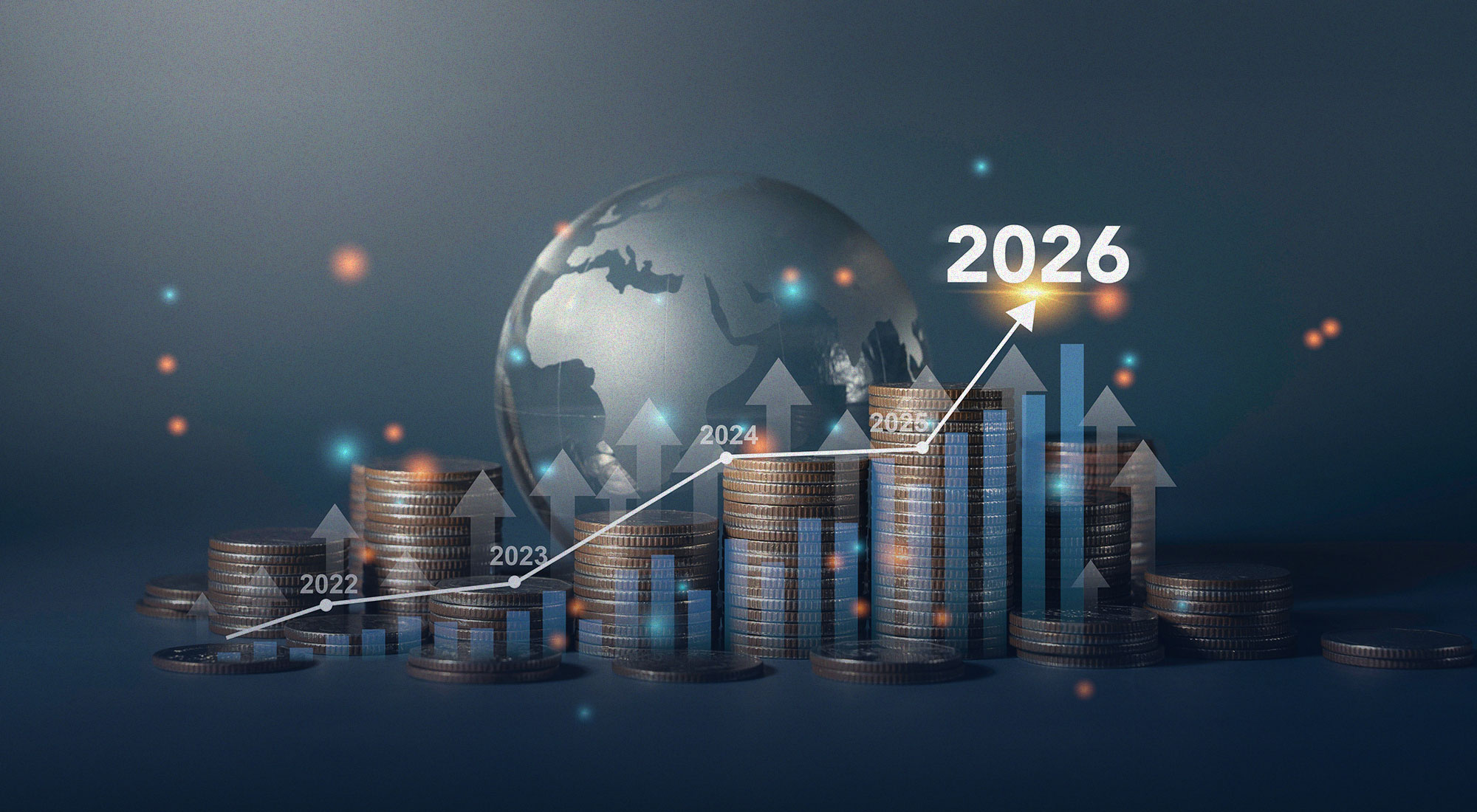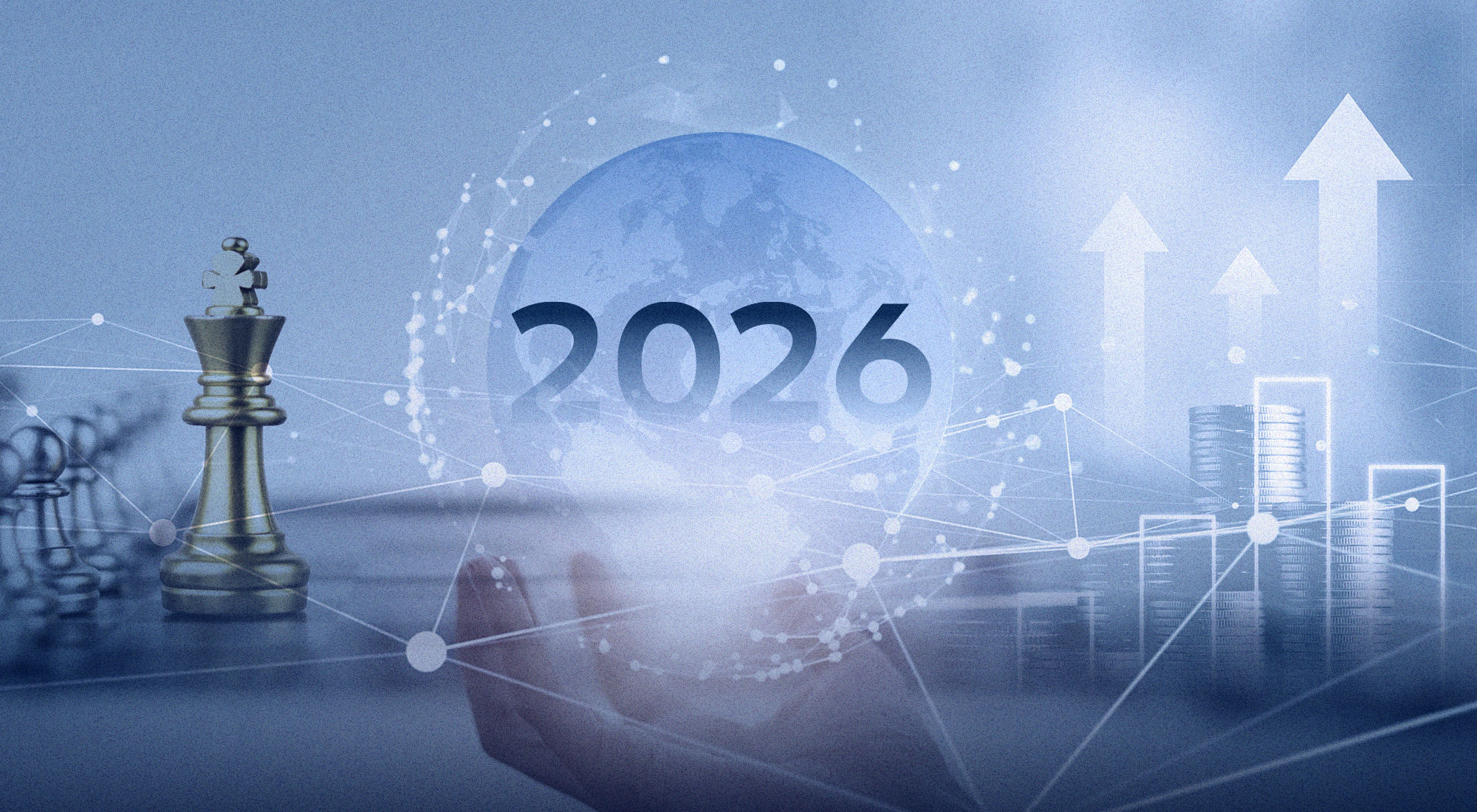In recent decades, Iran’s political influence has consistently operated through noisy diplomatic practices characterizing the regime, its ideological nature, and goals. Over time, such patterns have defined an international response that reshaped the Middle East foreign policy and the regime’s relations and strategic alliances with Europe, the United States, and Latin America. While the leading nations of the western hemisphere have increasingly called attention to Iran’s sphere of influence in the Middle East, a more subtle process of diplomatic actions of the regime with strategic territories in Latin America has increasingly acquired a transcontinental strategy. Indeed, over the last two decades, Iran has consistently strengthened diplomatic and economic connections with carefully chosen countries in the region, developing trade and investment ties that can further fuel a climate of political instability in the hemisphere.
Two stages of political and economic relations
Iran’s political and economic relations with Latin America have at least two historical levels. They point first to the regime’s foundation and to the arrival to Latin America of the far left Cuban-Venezuelan connection that has rapidly destabilized the western hemisphere since the year 2000. In the first one, the Islamic Republic of Iran’s revolutionary policies reshaped relations with the West, Middle East, and the East, cutting the regime’s diplomatic ties with their diaspora after the Iranian Revolution in 1979. Over time, these families relocated to different countries, rapidly organizing a network of political and social presence in Argentina or engaging in economic activities in Colombia, Bogotá, Barranquilla, Santa Marta, and Medellín.
The second level of Iranian economic relations with Latin America was fueled by the regional influence of the totalitarian regime of Hugo Chavez in 1999. Chavez, a far-left military officer, rapidly spoiled the Venezuelan budget, launching unsustainable programs at home, eroding the productive apparatus, and funding economic and political alliances with radical regimes that included Iran. By 2005, with the arrival of Mahmoud Ahmadinejad, both regimes participated in escalatory diplomatic practices that included Bolivia, Ecuador, Argentina, Nicaragua, and Cuba, further expanding the theocracy connection with proxy states in Latin America and reshaping Iranian economic and political influence in the region.
Between 2005-2013, Ahmadinejad traveled to Latin America at least once every year (Lissardy, 2020). Meanwhile, Iranian projects registered a significant rise in Argentina, Brazil, Cuba, México, and Venezuela. With diplomatic ties established with the regime, embassies opened in Bolivia, Chile, Colombia, Nicaragua, and Uruguay (Kozloff, 2011). Iran’s diplomatic activities in the region received a significant boost with the inauguration in 2007 of weekly flights between Venezuela and Iran. It was a partnership between the Iranian airline IranAir and the Venezuelan company Conviasa (Warmoth, 2012). The same year, Chavez and Ahmadinejad announced the creation of a joint US$2 billion fund to finance investments in Venezuela and Iran (Pearson, 2007), later supported by the announcement in 2009 of a combined US$200 million Iranian-Venezuelan Development Bank (Arjomandy, 2013).
The Pink Tide: Far-left regimes fueled by the 2000s Latin America commodity boom

During a period known as the “Pink Tide,” the Iranian presence in the region rapidly coincided with the geopolitical features of an increasingly volatile Latin-America, where far-left administrations rose to power and boosted up by the 2000s commodities boom. By Mid-2010, when oil prices began to slip downward, the regimes rapidly lost popular support. The death of Chávez in 2013 exacerbated an economic catastrophe in Venezuela, leading to the political and economic crisis in Argentina, Brazil, and Ecuador, where former presidents were prosecuted for corruption.
Although the relations peaked with the Chavez and Khatami administrations, in 2005, with Ahmadinejad’s arrival, the two countries inaugurated numerous projects during multiple visits, signing more than 270 bilateral agreements strengthening economic and political relations. As a result, Iranian exports to Latin America soared from an average in 1997 of US$25.6 million to US$112.3 million in 2006. These numbers went up till 2016 when Iranian exports to Latin America were estimated to be around US$200 million, according to the World Bank. By 2017, the World Integrated Trade solutions of the World Bank didn’t report the whole amount, yet, the Iran Customs Administration Office made public the estimated value of trade between the two sides.

Trade with the region escalated rapidly over the years 2018 and 2019. By 2018, Iran’s non-oil trade with Latin America was estimated at US$500 million, imports stood at US$511 million, rising 37.3 percent compared to the previous year. During the period, the top trading partner was Brazil, followed by Mexico, Colombia, Chile, and Venezuela.

Furthermore, the information published for the year 2019 by the Iran Customs Administration Office reported an acute growth of non-oil trade exceeding US$800 million for the fiscal year 2018-2019 (Office, 2019). During this period, the regime focused on non-alloy semi-finished iron/steel products, machinery, floorings, textile products, pistachios, float glass, and dried grapes. The report also presented a re-arrangement of Iran’s top Latin American trade partners in the region. While Brazil remained the top exporter, Argentina was primarily the second-biggest trading partner, although Iran’s eight export destinations in Latin America.

Finally, and in contrast with Iran exports to the region, Iranian imports reached up to US$1.660 million in the year 2016, and more than US$1.000 million in the World Bank registered period. This reveals a deep trade deficit of the regime with the region, exposing a nation’s shortage to cope with the demand for goods and services in Latin America.
Trade, investment, and finance nexus
Venezuela: Unsustainable investment as political diplomacy
Although Venezuela largely remained the primary node of Iran’s political activity with the region, by 2017, trade with the country lagged substantially over more strategic economic partners in the Latin region. According to the World Bank, by 2017, Iran exports to the country reached US$363 million, yet the relation portrays a set of systematic but disjointed trade and investment agreements. Moreover, the Venezuelan economy rapidly deteriorated during the last decade, bankrupting many traditional and recent private initiatives between the two countries. Among the non-energy already existing commercial ties, the most salient aspect of the Irani trade is represented in at least three sectors of the Venezuelan economy, retail market, air transportation, and media.
The most recent public Iranian trade investment in Venezuela was in the Megasis supermarket brand, led by Issa Rezaie, who was identified as the industry’s Iranian vice-minister by Venezuelan state television. The company initially launched the first headquarters in Caracas on July 20, 2020, where approximately 2,500 Iranian products are expected to be offered to the Venezuelan market. The brand already has up to 700 supermarkets in Iran and plans to expand its operations in the Latin American region, offering brands tied with the Iranian subsidiary Etka, a security trust for Iranian military veterans (Ven State TV, 2020) (WSJ, 2020). Etka is also headed by Issa Rezaie, who is blacklisted by the United States of America for being a subordinate of the Iranian Ministry of Defense and Armed Forces Logistics, according to the United States Treasury (Talley, 2020).
In the airline industry, both countries have consistently attempted to maintain numerous partnerships that disappeared over time. However, by 2019, Iran and Venezuela restarted previously signed airline transportation agreements to let Iran’s Mahan Air resume direct flights to Venezuela. Although the airline is blacklisted in the United States and banned from France and Germany, Iran’s Civil Aviation Organization spokesman, Reza Jafarzadeh, confirmed the agreement in April 2019. Moreover, the airline is rumored to have delivered catalysts to the Venezuelan Amuay Refinery, which belongs to the Paraguaná Refinery Complex, revealing a scheme of agreements to provide strategic support to the country. This information was supported by public reports of flights leaving Tehran’s Imam Khomeini International Airport and arriving at Las Piedras Josefa Camejo International Airport in Venezuela (Curran, 2020).
In the media sector, Venezuela and Iran have joined efforts to develop one of the most influential mainstream conglomerates in the Hispano-American region. The partnership is represented in the Venezuelan brands Telesur and HispanTV, launched during the Chavez administration, and in operation from Iran and Caracas from 2009. HispanTV was originally conceived as an Iranian project undertaken during the so-called Green Movement in the 2009 Iranian elections, which later became the so-called Arab spring of 2010 and 2011. The project was articulated with the Venezuelan regime, becoming the most influential mainstream media strategy of the Iranian government to articulate Islamic radicalism with Marxist ideology in Latin America and Hispanic Europe (Castaneda, 2019).
Although the regime blocks access to the corporate information of the conglomerate in Venezuela, it is known that part of the process was initiated by Mahmoud Alizadeh, and Iranian contact in Spain who legally initiated the activities in Madrid through at least three corporate brands; Producciones Audiovisuales Hispan TV, Producciones Audiovisuales PressTV S.L., and 360 Global Media. (Castaneda, 2019). Moreover, it is estimated that the main leader of the Spanish political party Podemos, received a total of $9.3 million by both regimes, through an Iranian tax heavens scheme (Coll, M. A. Ruiz, 2016).
Overall, the strategic alliance formed by the Maduro regime in Venezuela, Iran, and Cuba, represents the single most influential axis of political influence in Latin America against the United States of America. Although those economies’ financial flow does not represent a relevant trade and industry alliance, a substantial part of any agreement between them can be often excluded from the customary mechanisms of control of the global economy. This implies a shift from the original trans-continental relationship between the two countries and an increased risk of concealed actions that could threaten Latin America’s security.
Brazil, Lula, and the beginning of a commercial partnership
Brazil is by far Iran’s most important commercial partner in South America, yet the trade relationship between the two countries substantially favors the Brazilian economy. The origins of the Brazil-Iranian relations go back to the 2004 G-15th Summit in Caracas (Venezuela), where both leaders, Luis Ignacio Lula and Mahmoud Ahmadinejad, met to sign a Memorandum of Understanding (MoU to consolidate their commercial ties (Aranda, 2018). Likewise, the leading Brazilian energy company, Petrobras, agreed to develop a partnership with the National Iranian Oil Company (NIOC) to explore the Tousan region in Southern Iran. By 2019, the United Nations Commercial Trade Database reported a total of US$2.2 billion in Brazil exports to Iran. In contrast, Iran’s export to Brazil reached US$116 million. Although Iran’s balance of trade favors Brazil, Iranian investment increased rapidly in 2019.

Over time, the US blockade in Iran has raised attention about Brazil’s energy sector having ties with the regime, forcing president Bolsonaro to authorize Petrobras to stop selling fuel to Iranian vessels stranded on the Brazilian coast in 2019 (Machado, 2019). During the same period, two more Iranian ships were stranded after coming to Brazil, carrying urea and were expected to return home with corn (Teixeira, 2019). Likewise, the Brazilian president’s decision to follow the US demands in the region substantially limited the Iranian capacity to improve Brazil’s investments as a strategic partner.
These circumstances also limited some of the Iranian efforts to increase influence in the energy sector, negotiating commercial interests in the Premium I and Premium II refineries in Brazil’s northeastern states of Maranhao and Ceara for almost three years through the National Iranian Oil Refining and Distribution Company (Corporate, 2016). These curbs encouraged Iran to explore different sectors, expanding banking ties with the south American country and conducting high-level discussions led by Ali Ashraf Afkhami, Chairman of the Bank of Industry and Mines (BIM), to hold brokerage deals with Brazilian banks (News, 2017).
Bolsonaro’s rise to power modified the original scheme developed by Iran during the Lula Da Silva and Dilma Rouseff administrations. Indeed, Bolsanaro’s firm decisions to freeze Iranian vessels stranded on the Brazilian shores was a temporary restriction to the Iranian capacity to strengthen ties with the single-most influential country in the region in political and economic terms. However, this trend could persist until the current administration is re-elected in Brazil’s 2022 general elections.
Mexico, Argentina, Chile, and Uruguay: A brief outlook
By 2017, Mexico remained Iran’s most important commercial partner in Latin America, registering up to US$89.4 million in imports from the regime. The commercial and diplomatic ties between the two countries got energized with the arrival of the current Mexican president, Andres Manuel Lopez Obrador, who openly expressed his interest in resuming economic and diplomatic relations with the regime, following the arrival of Iranian ambassador Mohammad Taghi Hosseini in 2019 (EFE, 2019).

Even though Mexico remains the most relevant importer of Iran goods in the region, a volatile trend is evident from the data recovered by the United Nations Comtrade platform. The most recent data related to the two countries is used by the World Trade Organization and have calculations based on reports released in Mexico, without the Islamic Republic of Iran Customs Administration (IRICA) data. In general, Mexico imports from Iran lag substantially behind their exports, revealing an acute negative trade balance. Among the different reasons, the two territories’ lack of capacity to overcome their standard commercial relations to investment agreements can explain that the tourism sector remains one of Mexico’s most essential services.
By the beginning of the decade, Iran’s ventures in Mexico could be better portrayed as small investments in commerce, manufacturing, communications and transportation in small states such as Tamaulipas, Quintana Roo, Jalisco, Yucatan, Duranto, with just 23 companies between the 2012-2013 period (Mexico, 2013). Overall, Mexico remains a very strategic potential ally for the Islamic regime. Mexico’s President Andres Manuel Lopez Obrador has consistently attempted to discourage the United States from raising its Iran rhetoric, arguing that Mexico prefers “peace” over “war.” However, in reality, a substantial part of Mexican economic security depends on their capacity to establish trade relations with the US, diminishing the far-left president’s ability to engage in anti-American rhetoric.

Iran has been able to recover diplomatic and economic ties with Argentina after the Hezbollah terrorist attacks in Buenos Aires of 1992 and 1994. The first attack took place three years after Ayatollah Ruhollah Khomeini (Levitt, 2013), leaving 29 persons dead and 242 civilians injured. In 1994, Hezbollah reinforced their operations in the region by carrying out another attack against the Argentine Israelite Mutual Association (AMIA) building in Buenos Aires on July 18. Years later, the shift in the country’s foreign policy was led by Nestor Kirchner, the former president of Argentina, who aligned the Argentinian interests with Venezuela and the Iranian diplomatic activities in the region (Iñaki Sagarzazu, 2017).
Nowadays, Argentina remains Iran’s second-biggest commercial partner in South America, importing goods approximately worth US$1.2 million but exporting up to US$98.5 million, according to Argentinian data. The United Nations COMTRADE database reveals that trade between the two countries has exceeded US$696. 4 million by the current value. In these circumstances, the incumbent Argentinian president, Alberto Fernández, could improve ties with the Iranian regime for economic and political reasons. His political power is inherited from the Kirchner family, who stitched widespread alliances with the former presidents of Venezuela and Iran, Hugo Chavez and Mahmoud Ahmadinejad. This explains why Cristina Fernández de Kirchner returned to office acting as vice-president of Alberto Fernandez since 2019, and why the Argentinian economy is again facing an economic downturn.


Finally, Uruguay and Chile remain secondary economic partners of Iran in the region, with approximately US$15 million worth of trade. However, these numbers still suggest an increasingly strategic market for Iran, eager to articulate efforts to expand their domestic and international commercial partners amid the most recent measures adopted by the United States of America. However, the commercial relations of the Chilean Oil Company (Siteprol International) with the regime, acquiring 33 percent of the contract for oil exploration in the Onshore Mehr Block Project in Iran in 2001, is worth mentioning (Johnson, 2012).
In the year 2007, the National Iranian Oil Company announced the discovery of new oil reserves, aiming to sign a contract with Chile. In 2008, the Chilean Oil Company rejected the conditions stipulated in the agreement, calling it a misunderstanding of its terms. Around 10 years later, in 2018, the Iranian company agreed to settle with Chile an amount of debt estimated to be approximately US$28 million, leading to a reconstitution of the trade value between the two countries in 2018-2019. However, these agreements are not expected to modify Iran’s relations vis-a-vis Uruguay or Chile, often seen as neutral and economically successful territories.
Export of Iranian products to Latin America and the Caribbean region Source: World Integrated Trade Solutions. World Bank. | ||
| Share by sector | ||
| Product Groups | 2016 | 2017 |
| All products | 100 | 100 |
| Chemicals | 56.8 | 47.0 |
| Metals | 31.3 | 20.7 |
| Textiles and Clothing | 2.7 | 13.2 |
| Vegetable | 3.3 | 8.9 |
| Stone and Glass | 2.4 | 3.9 |
| Fuels | 0.5 | 3.3 |
| Plastic or Rubber | 0.5 | 1.9 |
| Mach and Elec | 0.1 | 0.3 |
| Hides and Skins | 2.2 | 0.3 |
| Miscellaneous | 0.0 | 0.2 |
| Transportation | 0.1 | 0.1 |
| Wood | 0.1 | 0.1 |
| Animal | 0.0 | |
| Food Products | 0.1 | 0.0 |
| Minerals | 0.0 | 0.0 |
A short consideration for the future
Iranian trade relations in the Latin America region have generally depended highly on the regime’s external political interests and Latin America’s ideological trends over the last two decades. Although most trade relations have consistently relied on Iran’s oil diplomacy, raw and industrial materials have increasingly found their way in countries that have not necessarily followed the regime’s diplomatic interests. In this case, Brazil can further represent a potential shift in their access to the continent, yet, the measures adopted by the current president, Jair Bolsonaro, can embody a pragmatic approach rather than a strategic tactic of hemispheric economic and political realities.
Meanwhile, the regime’s renewed access to the region was boosted by former president Ahmadinejad’s ability to accelerate diplomatic efforts with Venezuela and its allies. The civil society in Latin America, favoring far left administrations that undermined the hemisphere’s security and economic future. These circumstances have improved Iran’s strategic and economic quests in the western territories through partners such as Cuba, Venezuela, Argentina, and Mexico, which already remain in the sphere of interest and influence of the regime in Latin America.
References
Aranda, I. R. (March 15, 2018). Iran in Latin America. Pragmatism and Trade beyond the ALBA countries. Proyecto de Investigación Nº 1080024(ISSN 0716-1840).
Arjomandy, D. (November 21, 2013). Iranian Membership in the World Trade Organization: An Unclear Future. Iranian Studies, 933-950.
Castaneda, R. (2019). Iran Grand Strategy of Multihemispheric Interference. From the Middle East to the West. International Research Conference. American University in the Emirates. Springer.
Coll, M. A. Ruiz. (January 13, 2016). La TV de Pablo Iglesias ha recibido 9.3 millones del Gobierno de Irán desde paraísos fiscales. OK Diario: https://okdiario.com/investigacion/tv-pablo-iglesias-recibido-93-millones-del-gobierno-iran-desde-paraisos-fiscales-52923
Corporate, F. (February 12, 2016). Iran Mulls Investment in Brazilian Refineries. Financial Tribune.
Curran, A. (April 25, 2020). Why Is Mahan Air Flying A340s Between Venezuela And Iran? OSINT, Conflicts, News, Geolocation. Simple Flight. Flight Radar. .
EFE. (May 24, 2019). Embajador de Irán confía en crecimiento de relación comercial con México. https://www.efe.com/efe/usa/mexico/embajador-de-iran-confia-en-crecimiento-relacion-comercial-con-mexico/50000100-3983810
Iñaki Sagarzazu, F. M. (2017). Hugo Chavez’s polarizing legacy: chavismo, media, and public opinion in Argentina’s domestic politics. Revista de Ciencia Política.
Johnson, S. (March 2012). Iran’s Influence in the Americas. Center for Strategic and International Studies.
Kozloff, N. (January 2011). Irán descubre América Latina. Proximidad geopolítica. Socio económico. . Le Monde Diplomatique en Espanol.
Levitt, M. (March 19, 2013). Hezbollah’s 1992 Attack in Argentina Is a Warning for Modern-Day Europe. The Atlantic: https://www.theatlantic.com/international/archive/2013/03/hezbollahs-1992-attack-in-argentina-is-a-warning-for-modern-day-europe/274160/
Lissardy, G. (January 13, 2020). La gran paradoja de las relaciones de Irán con América Latina. BBC News Mundo, Nueva York.
Machado, A. (July 2019). Brazil alerted companies about US embargo on Iran: Bolsonaro. REUTERS.
Mexico, S. d. (2013). Carpeta del Programa de Trabajo de la Embajada de México en la República Islámica de Irán. Embajada de México en la República Islámica de Irán.
News, I. B. (September 3, 2017). Brazil’s Ambassador meets with BIM Boss.
Office, F. T. (May 19, 2019). Iran’s Non-Oil Trade With Latin America Crosses $800m in Fiscal 2018-19.
Pearson, N. O. (January 14, 2007). Iran and Venezuela plan anti-US fund. Associated Press. https://usatoday30.usatoday.com/news/world/2007-01-14-iran-venezuela_x.htm
Talley, I. (July 5, 2020). Iranian Military-Owned Conglomerate Sets Up Shop in Venezuela. WSJ, The Wall Street Journal.
Teixeira, M. (July 2019). Two more Iranian ships may be stranded in Brazil as sanctions bite. REUTERS.
Ven State TV, T. -V. (2020). https://www.telesurenglish.net/news/iran-and-venezuela-celebrate-megasis-supermarket-opening-20200801-0010.html
Warmoth, S. (May 29, 2012). Iran Expanding Footpring In Latin America. Small Wars Journal.
WSJ. (2020). Iranian Military-Owned Conglomerate Sets Up Shop in Venezuela. https://www.wsj.com/articles/iranian-military-owned-conglomerate-sets-up-shop-in-venezuela-11593972015








